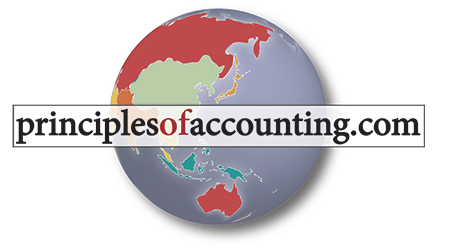Your goals for this “advanced issues” chapter are to learn about:

- The accounting for costs incurred subsequent to asset acquisition.
- Appropriate methods to measure and record the disposal of PP&E.
- Accounting for asset exchanges.
- Rules for recording asset impairments.
- Natural resource accounting and depletion concepts.
- Intangible asset accounting and amortization concepts.
Chapter 11 extends the coverage of accounting issues related to property, plant, and equipment. This includes accounting for asset-related costs that are incurred subsequent to acquisition. A distinction is made between costs that are expensed as incurred (i.e., “revenue expenditures”) and costs that are capitalized. There are many possible scenarios for asset disposals and asset exchanges, and the accounting framework is described and illustrated through a series of examples. Principles for measuring asset impairments are introduced.
Two additional categories of long-term assets relate to natural resources and intangible assets. Natural resources are reported at the sum of their acquisition and development cost. This cost, less anticipated residual value, is allocated to the units produced through a process known as depletion. Depletion may be assigned to either inventory or cost of goods sold, depending on the circumstances. Intangible assets, like patents and copyrights, are also reported at acquisition cost. The cost of an intangible is allocated over its useful life through a process known as amortization. Some intangibles have an indefinite life (e.g., goodwill) and are not amortized, but are subjected to periodic impairment testing.
